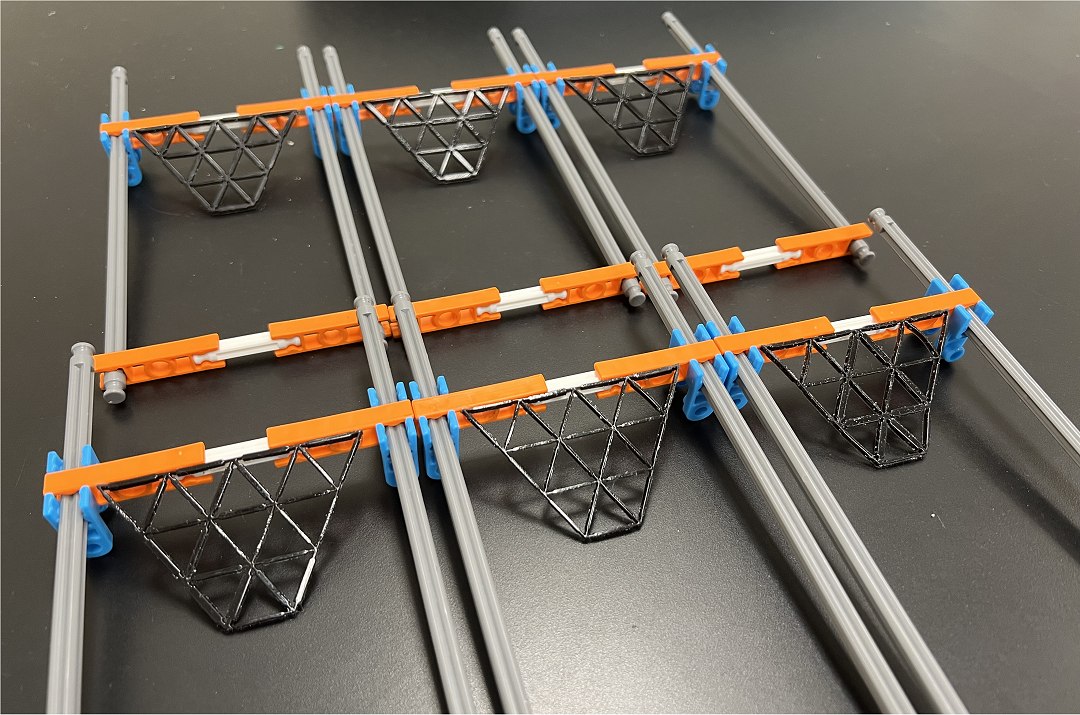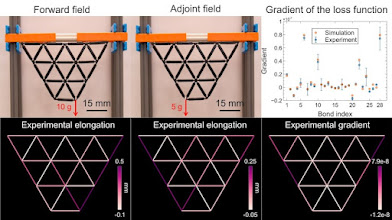TECH

Material intelligence... It's easy to think of machine learning as a completely digital phenomenon, enabled by computers and algorithms that can mimic brain-like behaviors.
But computers aside, the vast majority of machines are analog, and recent years have seen impressive progress in the field of "material intelligence" and "living materials" - some even say that robotics will be embedded in matter.
The latest in this field of learning-capable mechanical systems is now coming from Shuaifeng Li and Xiaoming Mao of the University of Michigan in the US.
The pair created a mathematical framework for how learning works in networks called machine neural networks. And they used this framework to implement a machine processor capable of artificial intelligence.
"We're seeing that materials can learn tasks on their own and do calculations," Li said.
Machine learning...To make it all work, the team created an algorithm to "train" materials to solve problems.
The team took on the problem to test their mechanical intelligence system, having it identify different species of iris plants. But they say the materials could create structures that can solve even more advanced problems, such as making airplane wings optimize their own shape for different flight conditions—all without human or computer intervention.
The algorithm is based on an approach called...backpropagation, which has been used to enable learning in digital, mechanical, and optical systems, such as a light processor that learns by association and even in analog artificial intelligence, based on physical neural networks.
Because the algorithm seems to be indifferent to how information is transported, it could also help open up new approaches to studying how living systems learn.
Mechanical neural networks...The idea of using physical objects in computing has been around for decades, but the focus on mechanical neural networks is more recent, with interest growing in the wake of other recent advances in artificial intelligence.
Although the workings of digital artificial neural networks, which run on computers, are complex and largely hidden in a kind of AI black box, they provide a useful analogy for understanding mechanical neural networks.
When using an AI program, the user types in an input command or question, which is interpreted by a neural network algorithm running on a computer network. Based on what the system has learned from being exposed to large amounts of data, it generates a response, or output, that appears on the screen.
A mechanical neural network, or NMR, has the same basic elements. For Li and Mao’s study, the input was a weight attached to a material, which acts as the processing system. The result is read in the way the material changes shape due to the weight acting on it. “The force is the input, and the materials themselves are like the processor, and the deformation of the materials is the output or response,” Li explained.
In this demonstration, the mechanical processor hardware consists of 3D-printed rubber networks made of small triangles that form larger trapezoids. The materials learn by adjusting the stiffness or flexibility of specific segments within the network.
To realize their futuristic applications—such as airplane wings that adjust their properties in real time—MRIs will need to be able to adjust these segments on their own. Materials that can do this are being researched, but are not yet commercially available.
References--Article: Training all-mechanical neural networks for task learning through in situ backpropagation
Authors: Shuaifeng Li, Xiaoming Mao
Journal: Nature Communications



No comments:
Post a Comment